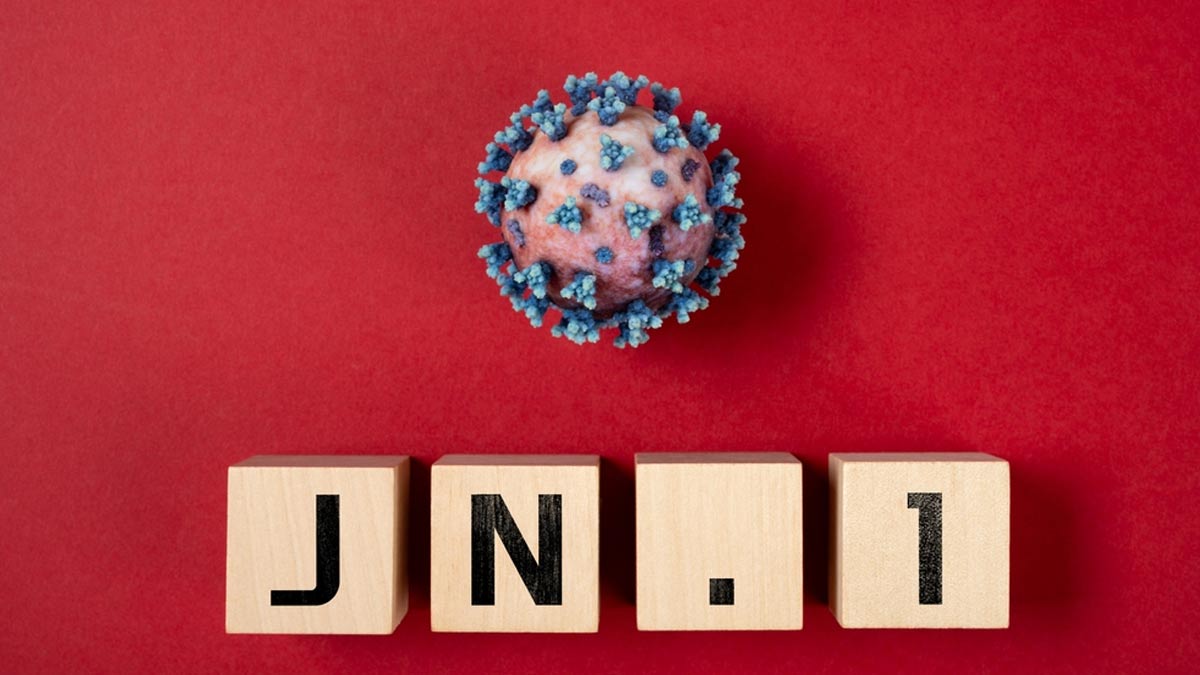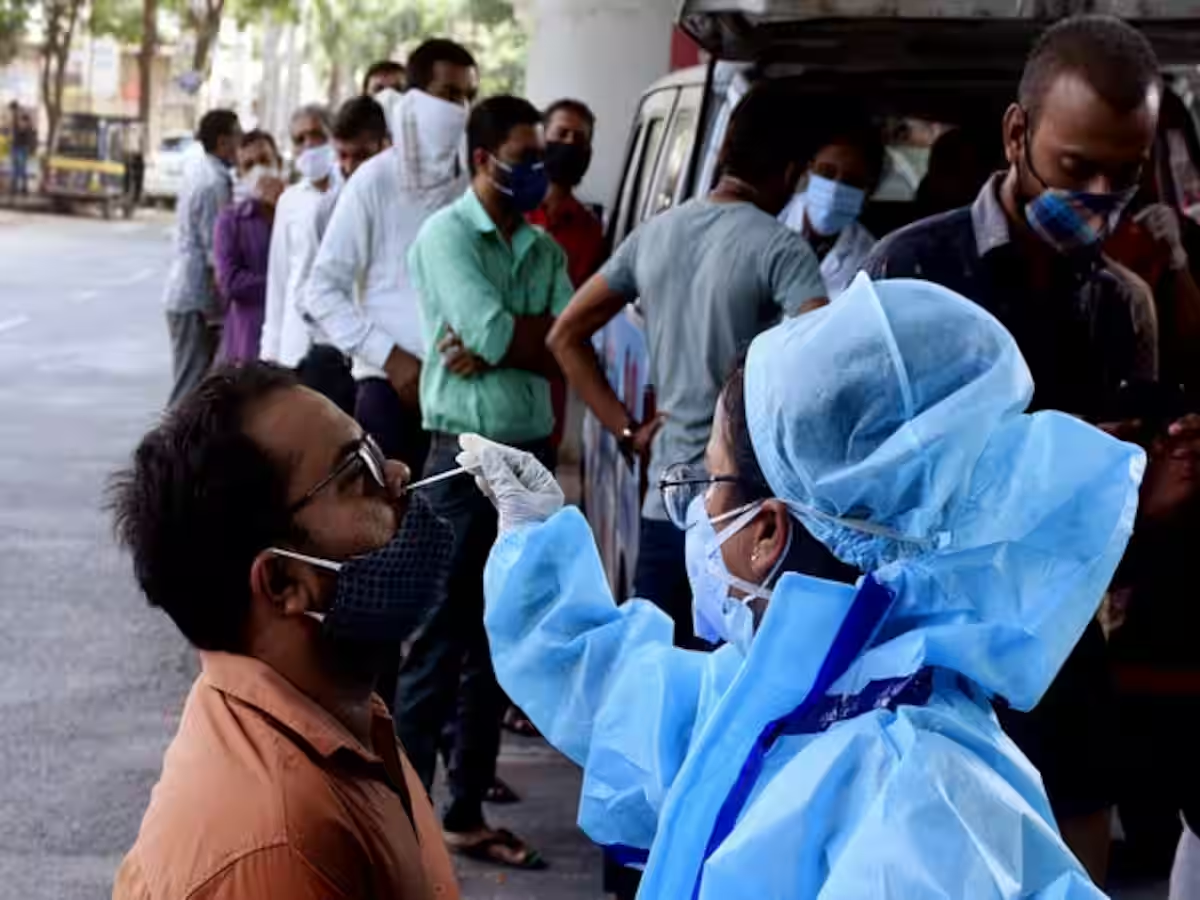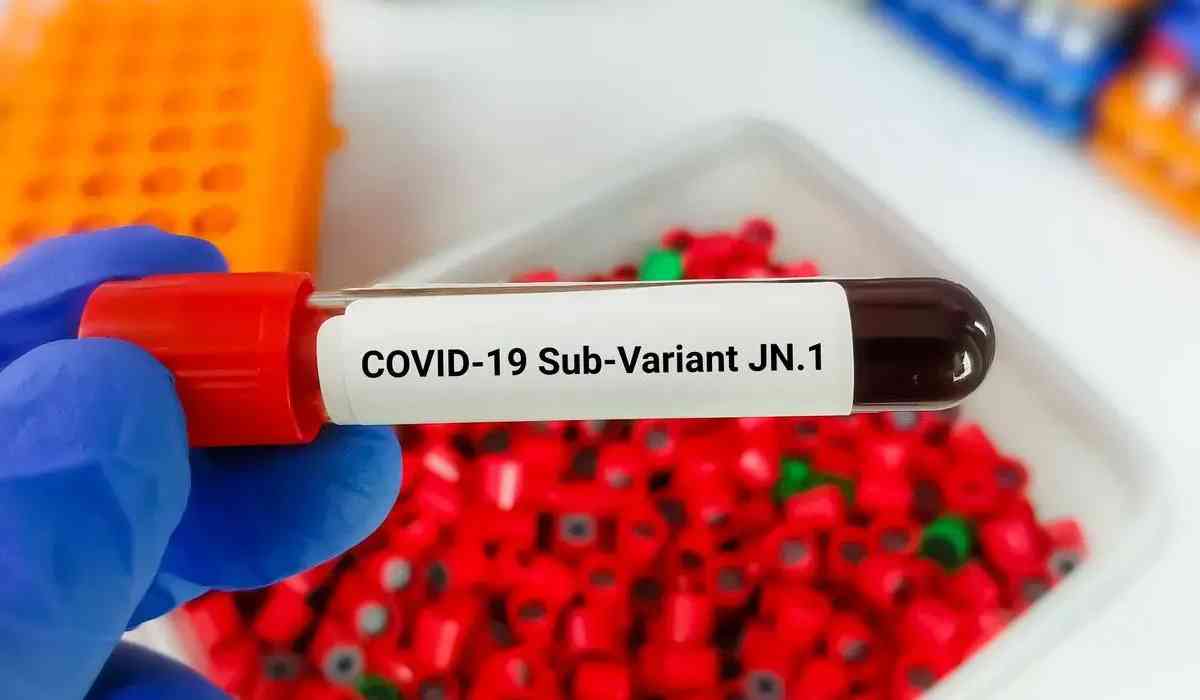A fresh wave of COVID-19 cases is sweeping through several parts of Asia, particularly in countries like Singapore, Hong Kong, China, and Thailand. At the center of this resurgence is the JN.1 variant, a sublineage of the Omicron strain, along with its closely related subvariants like LF.7 and NB.1.8.
While most infections have been reported as mild, the rise in positivity rates, hospitalizations, and COVID-related deaths in some regions has prompted health authorities to take proactive measures. In India, where the case count remains relatively low, officials are on high alert and monitoring the situation closely.

What Is the JN.1 Variant?
JN.1 is a descendant of the Omicron strain and specifically stems from the BA.2.86 (Pirola) lineage, which was known for carrying a significant number of mutations. The variant was first identified in late 2023 and has since been detected in multiple countries, including the United States, the United Kingdom, India, Singapore, and Hong Kong.
Key Characteristics:
-
High Transmissibility: A unique mutation in the spike protein allows the virus to bind more effectively to human cells, making it easier to spread.
-
Immune Escape Potential: These mutations may help the virus evade antibodies generated from vaccines or prior infections.
-
Global Spread: Rapid dissemination has made JN.1 one of the most dominant strains in global circulation today. Detected widely in countries like the US, UK, India, Singapore, and Hong Kong.
WHO's Classification and Monitoring
The World Health Organization (WHO) has labeled JN.1 as a “variant of interest”. This classification means the strain is being closely monitored for its spread, mutations, and public health implications. However, it is not yet considered a "variant of concern" as there is no concrete evidence that it causes more severe illness than earlier variants.

COVID-19 Surge in Asia: What the Data Shows
Singapore:
-
Cases: Around 14,200 infections in the week ending May 3, up from 11,100 the previous week.
-
Hospitalizations: Increased by 30%, prompting public health alerts.
-
Dominant Subvariants: LF.7 and NB.1.8 — both offshoots of JN.1 — are responsible for two-thirds of all locally sequenced cases.
-
Possible Drivers: Experts cite waning immunity in the population as a contributing factor.
Hong Kong:
-
Viral Activity: Health officials warn the virus has reached a "quite high" level.
-
Positivity Rate: Officials report the highest positivity rate in respiratory samples in a year.
-
Fatalities: 31 COVID-related deaths in the week ending May 3, also the highest in a year.
Thailand and China:
-
Both countries are also witnessing rising cases, with public health systems ramping up monitoring and public advisories.
COVID-19 in India: Current Status and Government Response
As of May 19, India reported 257 active COVID-19 cases, marking a noticeable increase from just 93 the previous Friday. While there are no signs of a fresh wave, the situation is being closely monitored by central and state health agencies.
State-Wise Case Breakdown (Since May 12):
-
Kerala: 69 cases
-
Maharashtra: 44 cases
-
Tamil Nadu: 34 cases
-
Karnataka: 8 cases
-
Gujarat: 6 cases
-
Delhi: 3 cases
-
Haryana, Rajasthan, Sikkim: 1 case each
Recent Deaths:
-
Mumbai: Two fatalities were reported — a 14-year-old with kidney failure caused by nephrotic syndrome and a 54-year-old cancer patient. oth individuals had serious pre-existing medical conditions.
Official Position:
-
The Ministry of Health and Family Welfare maintains that the situation is under control but is vigilant, especially in light of the surges in neighboring nations.
-
Surveillance continues under the Integrated Disease Surveillance Programme (IDSP) and Indian Council of Medical Research (ICMR) directives. Hospitals are advised to monitor Influenza-Like Illnesses (ILI) and Severe Acute Respiratory Infections (SARI).

JN.1 Variant: Symptoms and Clinical Presentation
The symptoms of JN.1 closely resemble those of earlier Omicron strains. However, anecdotal evidence and initial studies indicate that some patients may experience more intense exhaustion.
Common Symptoms:
-
Sore throat
-
Fever
-
Runny or blocked nose
-
Dry cough
-
Fatigue
-
Headache
-
Loss of taste or smell
Less Common or Additional Symptoms:
-
Conjunctivitis
-
Diarrhoea
-
Mild gastrointestinal discomfort
Severity:
-
Most infections are mild to moderate, especially in vaccinated individuals.
-
Severe outcomes are rare but can occur in older adults, those with compromised immunity, or individuals with chronic health conditions.
Do Vaccines Work Against the JN.1 Variant?
Vaccine Effectiveness:
-
Protection Against Severe Disease: Current bivalent and monovalent mRNA vaccines (Pfizer-BioNTech, Moderna) remain effective in preventing severe illness, hospitalization, and death due to JN.1.
-
Reduced Protection Against Mild Infection: These vaccines may be less effective at preventing mild or asymptomatic infections, due to the variant’s ability to partially escape immune detection.
-
Booster Importance: Boosters updated in 2023–2024 significantly increase neutralizing antibodies against JN.1.
Expert Recommendations: COVID-19 Precautions for the Public
With JN.1 showing high transmissibility, public health experts recommend continued vigilance and adherence to basic COVID-19 safety protocols.
-
Wear Masks in crowded or poorly ventilated areas.
-
Practice Regular Handwashing with soap or use hand sanitizers.
-
Avoid Close Contact with individuals showing symptoms like cough or fever.
-
Stay Home if Symptomatic: Especially if experiencing flu-like symptoms.
-
Get Tested if symptoms persist or worsen.
-
Keep Vaccinations and Boosters Updated to maintain immunity.
-
Consult Doctors Early in case of existing comorbidities or chronic conditions.
The JN.1 variant, though not currently classified as a "variant of concern," has emerged as the leading driver behind the latest wave of COVID-19 infections in parts of Asia. While most cases remain mild and manageable, its high transmissibility and immune evasion potential make it a serious concern for public health systems.
In India, where the number of active cases remains relatively low, authorities are maintaining heightened surveillance and urging citizens to follow standard precautions. Vaccination, hygiene, early detection, and responsible behavior remain the best tools in minimizing the impact of this evolving variant.
With inputs from agencies
Image Source: Multiple agencies
© Copyright 2025. All Rights Reserved Powered by Vygr Media.






















